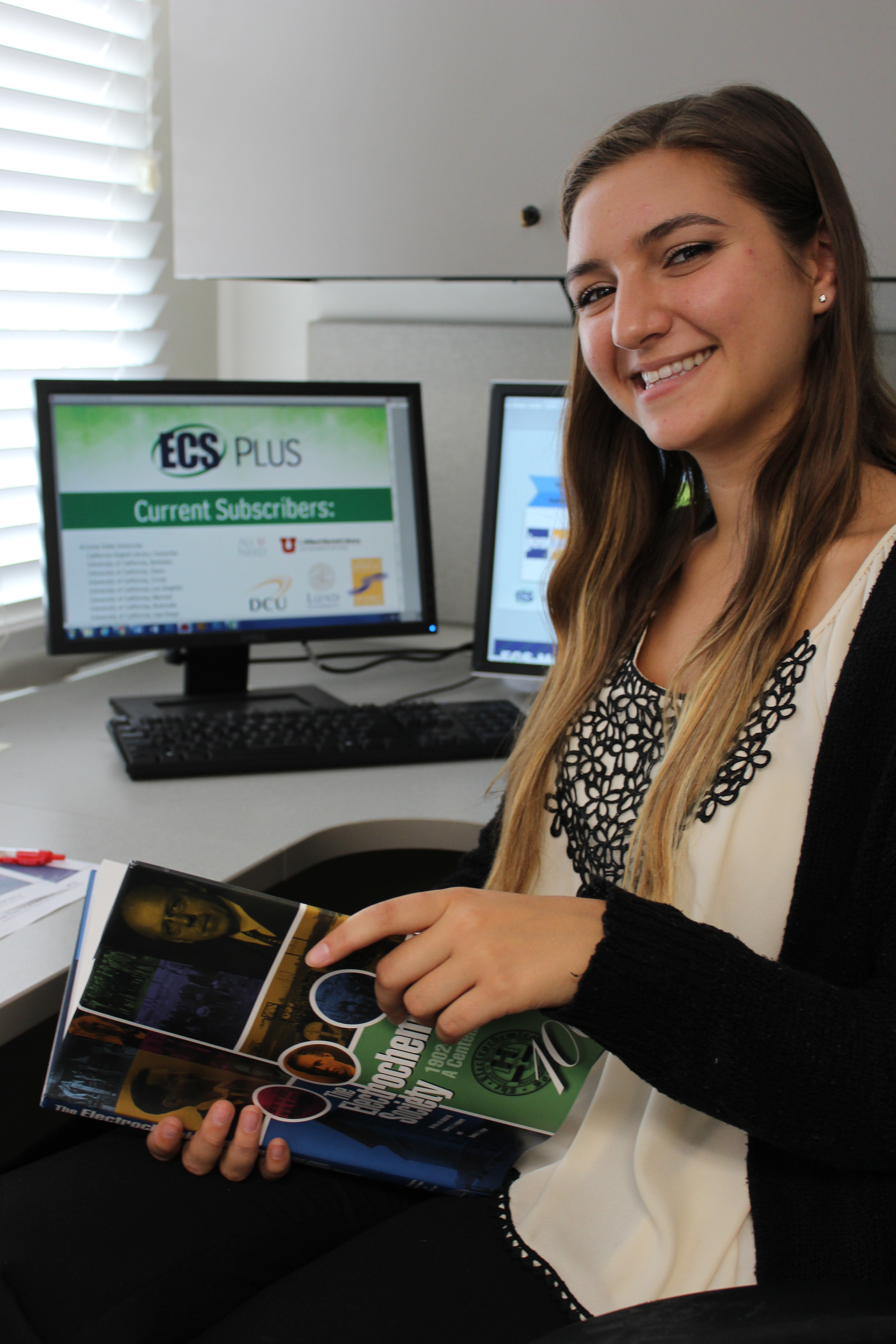 Researchers have developed a new way to alleviate many of the issues that make magnetic data storage for computer hard disks and other data storage hardware problematic, including speed and energy use.
Researchers have developed a new way to alleviate many of the issues that make magnetic data storage for computer hard disks and other data storage hardware problematic, including speed and energy use.
For almost seventy years now, magnetic tapes and hard disks have been used for data storage in computers. In spite of many new technologies that have arisen in the meantime, the controlled magnetization of a data storage medium remains the first choice for archiving information because of its longevity and low price.
As a means of realizing random access memories (RAMs), however, which are used as the main memory for processing data in computers, magnetic storage technologies have long been considered inadequate. That is mainly due to its low writing speed and relatively high energy consumption.
Pietro Gambardella, professor at the materials department of ETH Zurich, and his colleagues, have now shown that using a novel technique, faster magnetic storage is possible without wasting energy.


 The third annual
The third annual 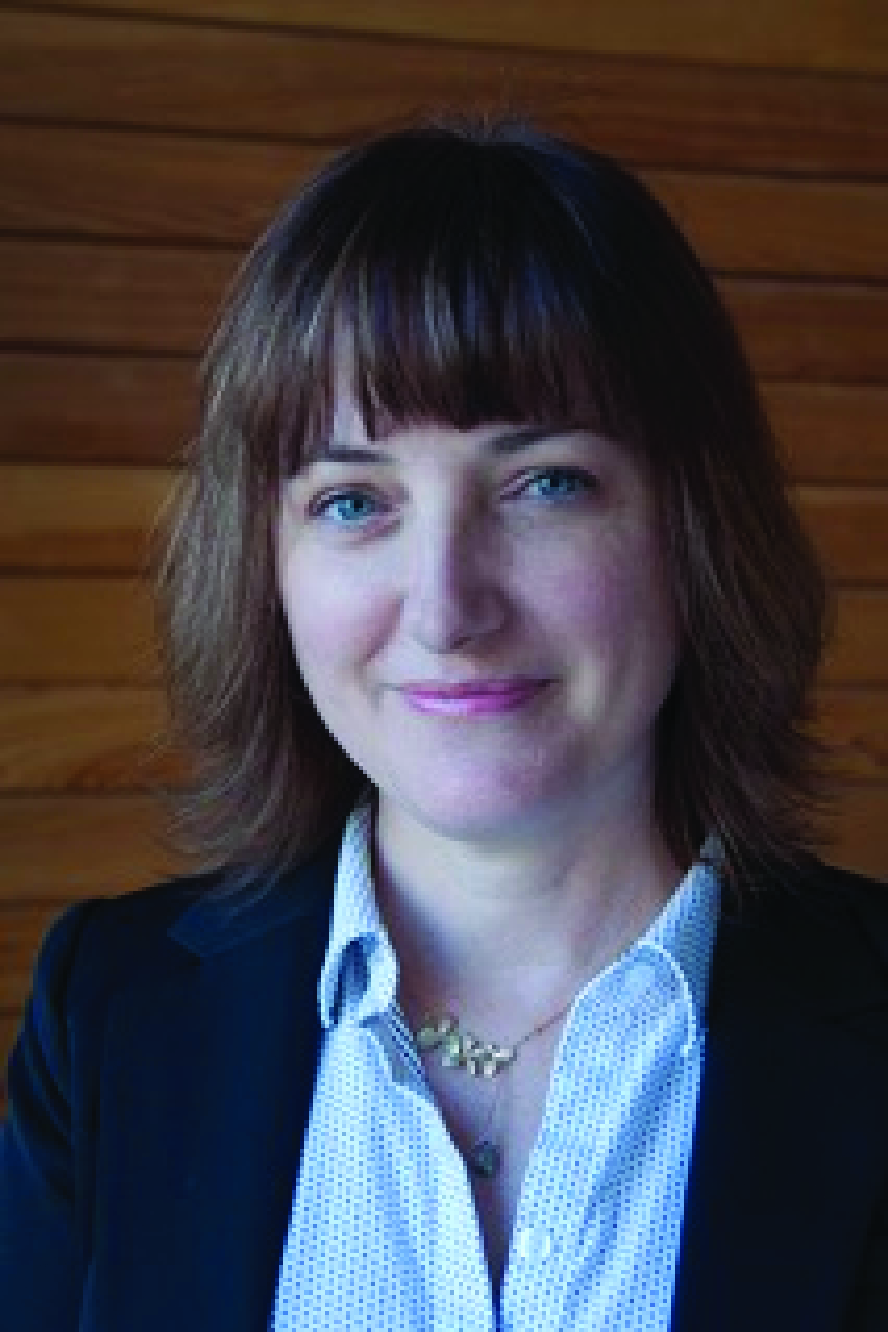
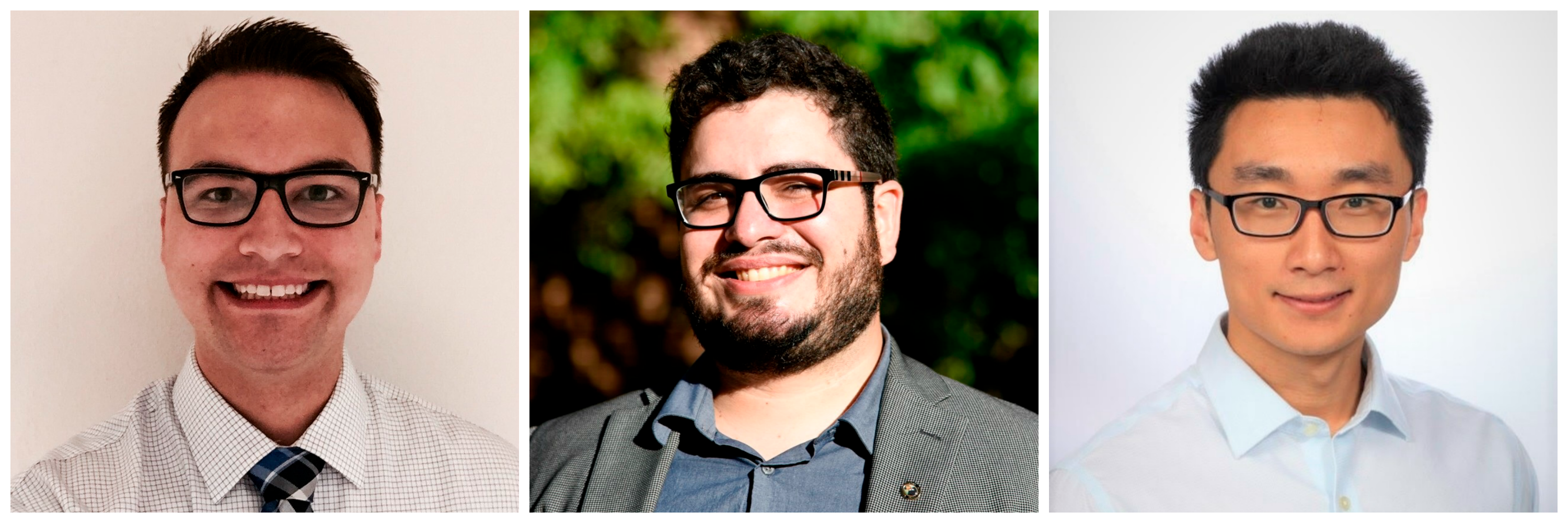
 Chemical engineers have generated ultra-pure green light for the first time.
Chemical engineers have generated ultra-pure green light for the first time.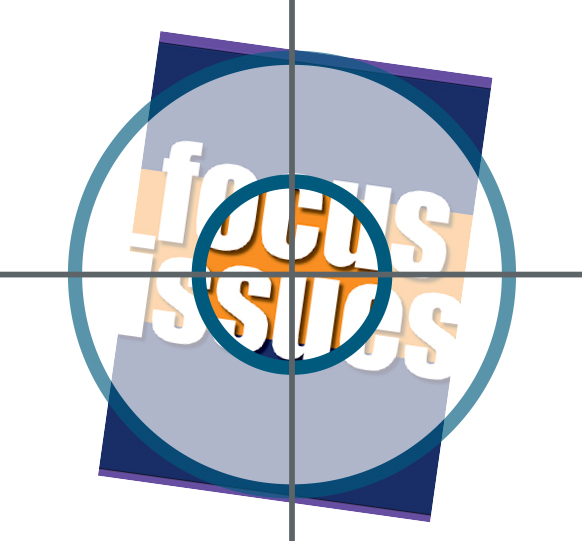 The
The 
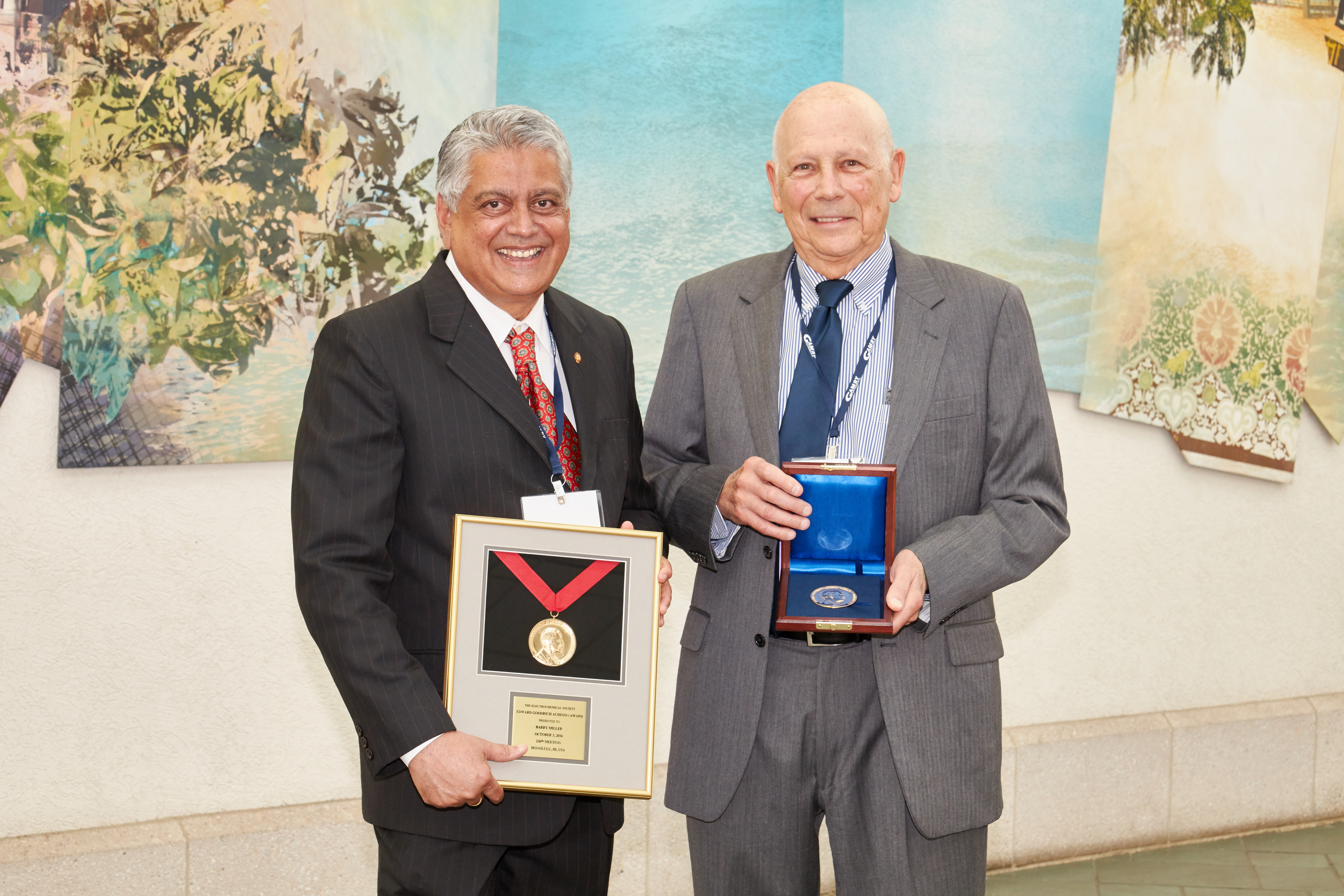
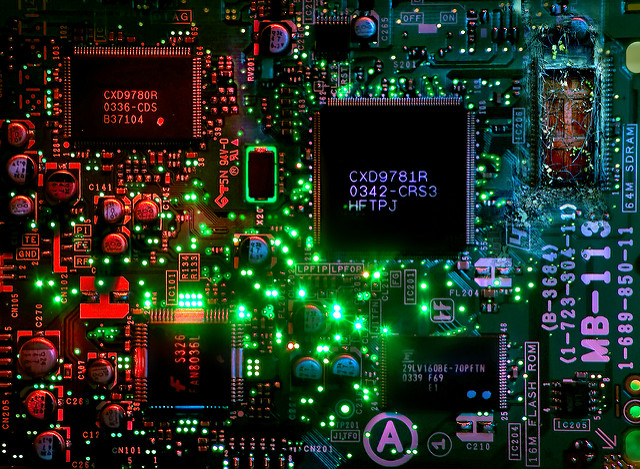 Engineers have created a high-frequency electronic chip potentially capable of transmitting tens of gigabits of data per second, much faster than the fastest internet available today.
Engineers have created a high-frequency electronic chip potentially capable of transmitting tens of gigabits of data per second, much faster than the fastest internet available today.